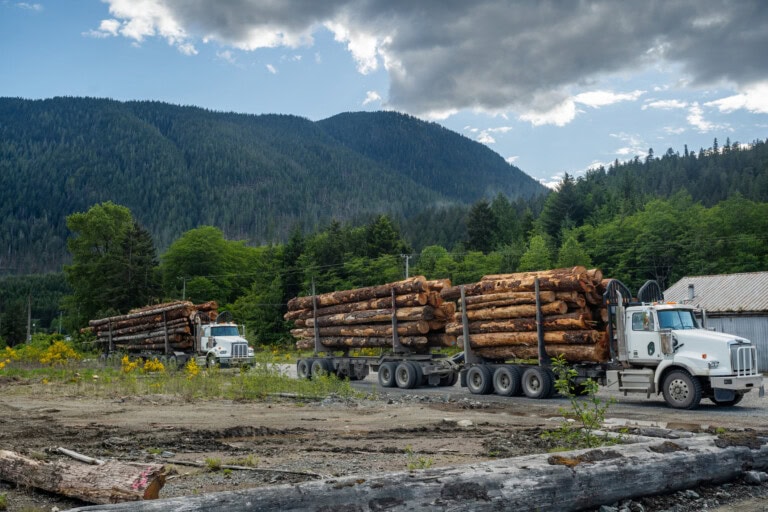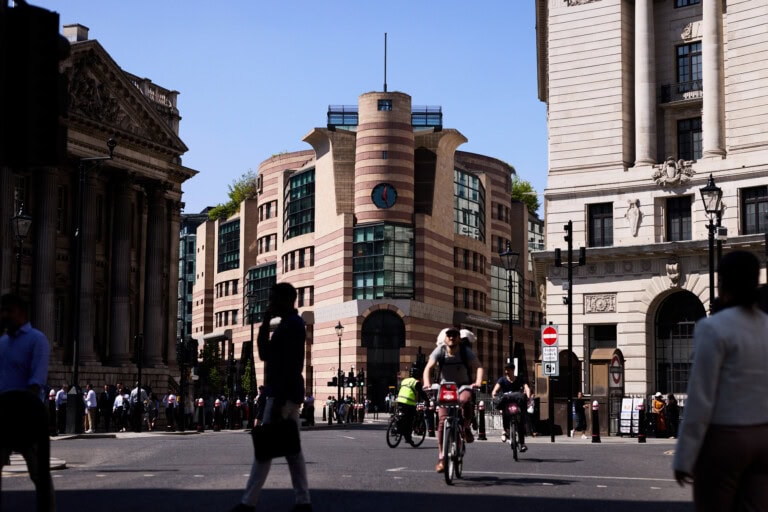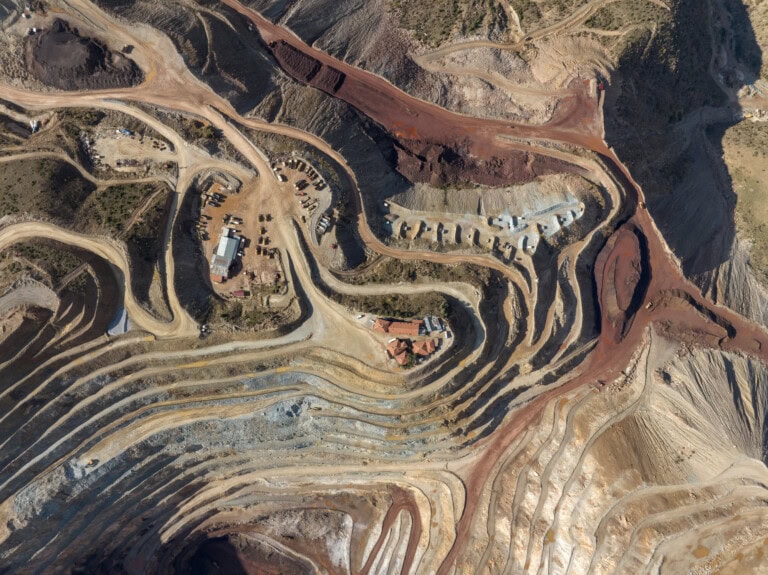Groundbreaking UKGBC resource maps how global supply chains impact our planet’s ecology

The Embodied Ecological Impacts Knowledge Hub tracks and maps supply chains of several materials key to design and construction of the built environment – including sand, timber, metals and ores – and how they are impacting precious ecosystems, biodiversity, and natural environments around the world.
UKGBC’s Knowledge Hub reveals the extent to which the UK’s built environment remains deeply reliant on ecologically destructive and socially hazardous processes for many of its most common materials.
The industry-leading resource is the first output of UKGBC’s Embodied Ecological Impacts (EEI) Task Group, convened earlier this year, which aims to mainstream a more holistic approach to understanding, measuring, and reducing the built environment supply chains’ impact on nature and biodiversity.
Similar to embodied carbon, which has become a consensus metric used across the industry as a critical measurement for enacting the ‘whole life carbon’ approach critical to reaching net zero, the EEI Task Group is working to develop and mainstream more effective tools like Embodied Ecological Impacts for transforming how the built environment is designed, constructed, and used to halt and reverse nature’s global decline. The Knowledge Hub is the first step in building greater awareness of EEI across industry.
The Knowledge Hub and its underlying analysis has been developed by the Task Group, working in parallel with research by a wide range of partners. In particular, our approach shares the outlook and recommendations of the recently published Embodied Biodiversity Impacts report published by Expedition Engineering and funded by the Institute of Civil Engineers, available here.
Hannah Giddings, Head of Resilience and Nature at UKGBC said:
It is painfully obvious to point out that our planet’s resources our finite and cannot be extracted and processed forever, yet the lack of progress in reducing the ecological impact of our supply chains suggests that the built environment has spent decades neglecting that simple truth.
“Our Learning Hub makes clear that we have to fundamentally rethink our economic relationship with the natural environment and find a way to provide the built environment’s vast social goods – shelter, safety, and social cohesion – without the devastating ecological price tag.
“With the built environment occupying just 1% of our planet’s surface area yet responsible for 29% of global biodiversity loss, we can’t afford to delay frank conversations about our own footprint, no matter how costly or uncomfortable
UKGBC and our partners are committed to equipping our members and partners with credible, consistent, and comprehensive analysis that we need to enable those conversations – and the urgent action needed to transform our impact on the natural world.”
Samantha Deacon, Principal, Biodiversity & Ecosystems at Ramboll said:
When we talk about nature in the built environment, the focus is normally at site level, but to truly address the global biodiversity crisis, we must take account of the supply chain of construction products. This is why Ramboll is keen to support the Embodied Ecological Impacts resource to raise awareness of the “hidden cost” to nature – from sourcing raw materials to the manufacture of construction products – and lead the industry towards regenerative design.”
Donna Rouke, Head of ESG and Sustainability at BNP Paribas Real Estate | Strutt Parker said:
We’ve seen that this sector will take action to improve its environmental impact when it has a clear steer on what and how it needs to improve, with the move to energy efficiency in buildings a prime example of this. I, and BNP Paribas Real Estate, are delighted to have been involved in the development of this UKGBC Embodied Ecological Impacts guidance that is the first step in providing the direction so that we can all reduce the impact of construction and real estate on nature and biodiversity in the future.”
Will Arnold, Head of Climate Action, Institute of Structural Engineers said:
The construction industry uses larger volumes of material than any other industry in the world, yet our understanding of the broad ecological impacts of these materials is typically limited to how they are used on-site in the final building. The world has now crossed six of our nine planetary boundaries, and so it is becoming more urgent than ever that we limit the impacts that our material choices are having at their source, on biodiversity, pollution, freshwater, and land use.”
Lottie McNair, Senior Consultant in Sustainability & Innovation at Expedition Engineering and a lead analyst of the Embodied Biodiversity Impacts report said:
In publishing our report into the Embodied Biodiversity Impacts of Construction Materials, we aim to guide the industry towards further knowledge development and inspire practitioners to champion biodiversity through the lifecycles of the materials they choose, going beyond Net Gain on sites.
Our work aims to help practitioners respond to the accelerating biodiversity crisis, recognising a need to help practitioners and the wider industry begin to account for these impacts.”
Related
UKGBC announces new innovation initiative with Breakthrough Energy and FORE Partnership

UKGBC launches the UK Climate Resilience Roadmap

UKGBC responds to the Climate Change Committee’s 2025 Progress Report

UKGBC responds to 2025 Comprehensive Spending Review


